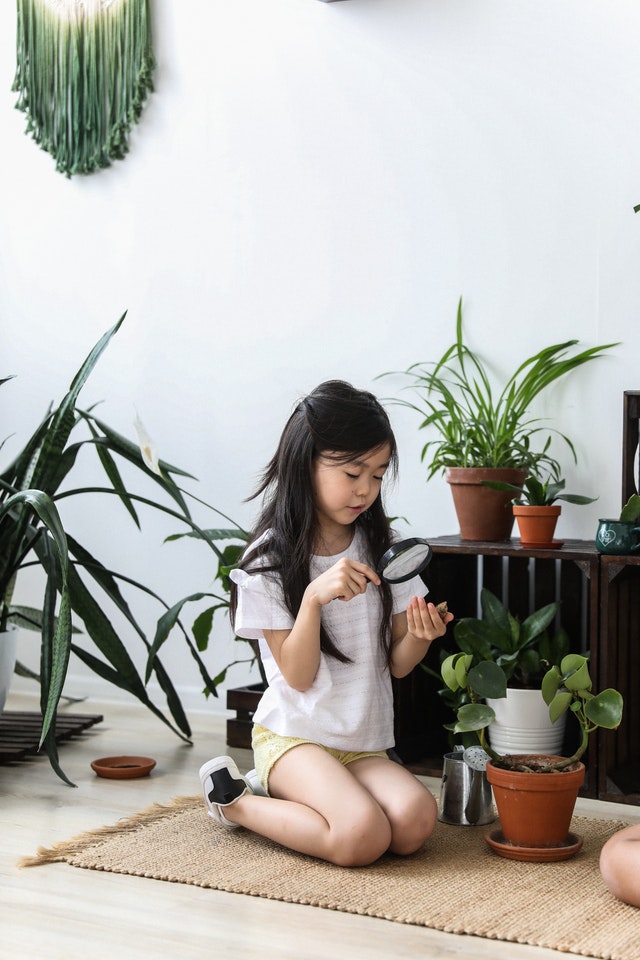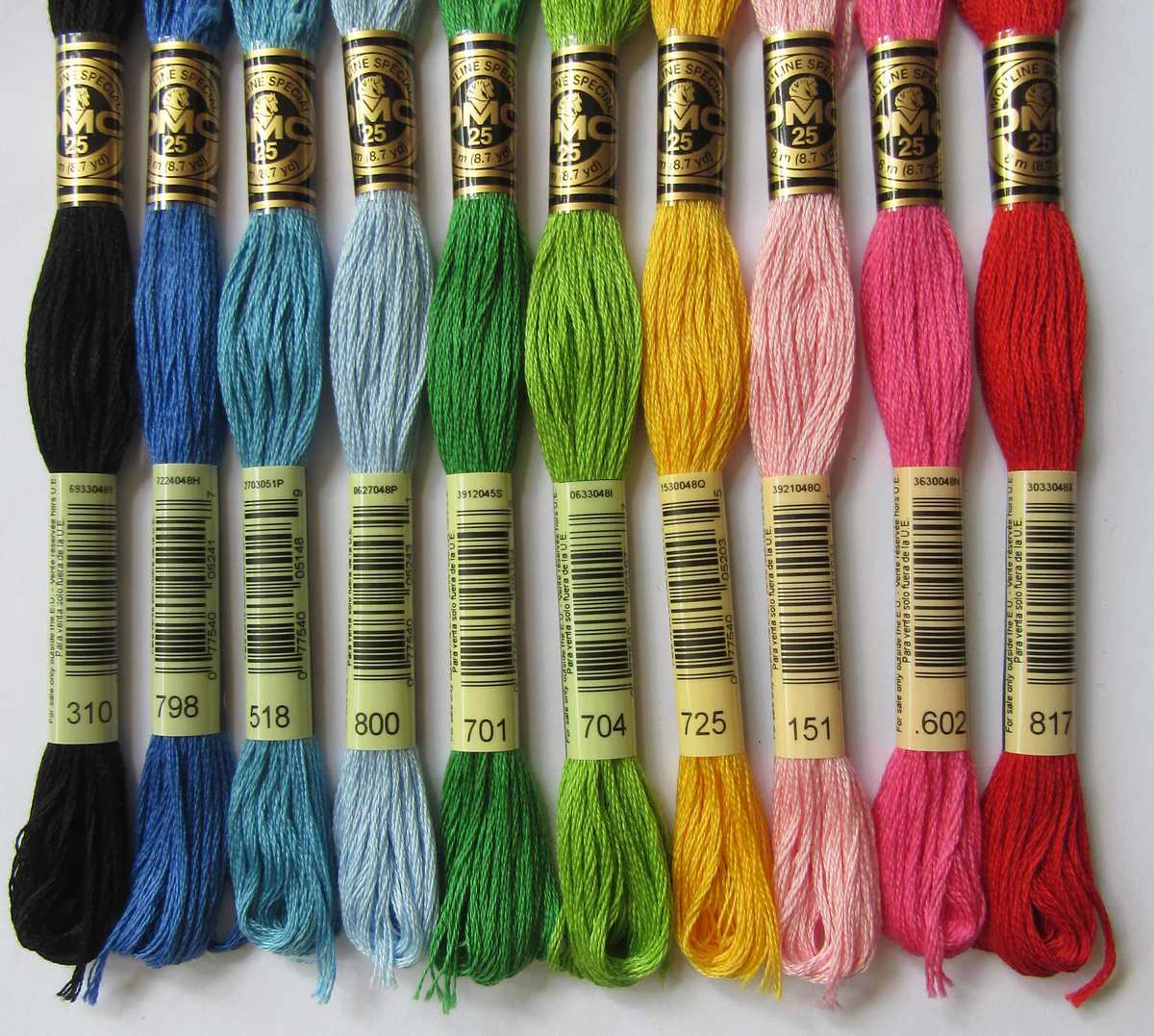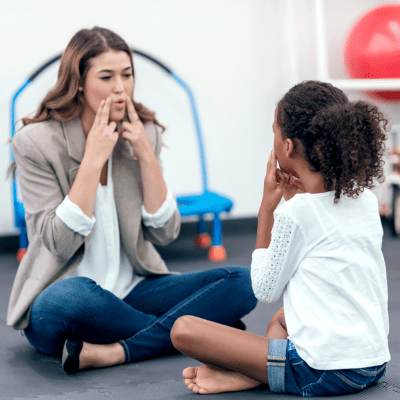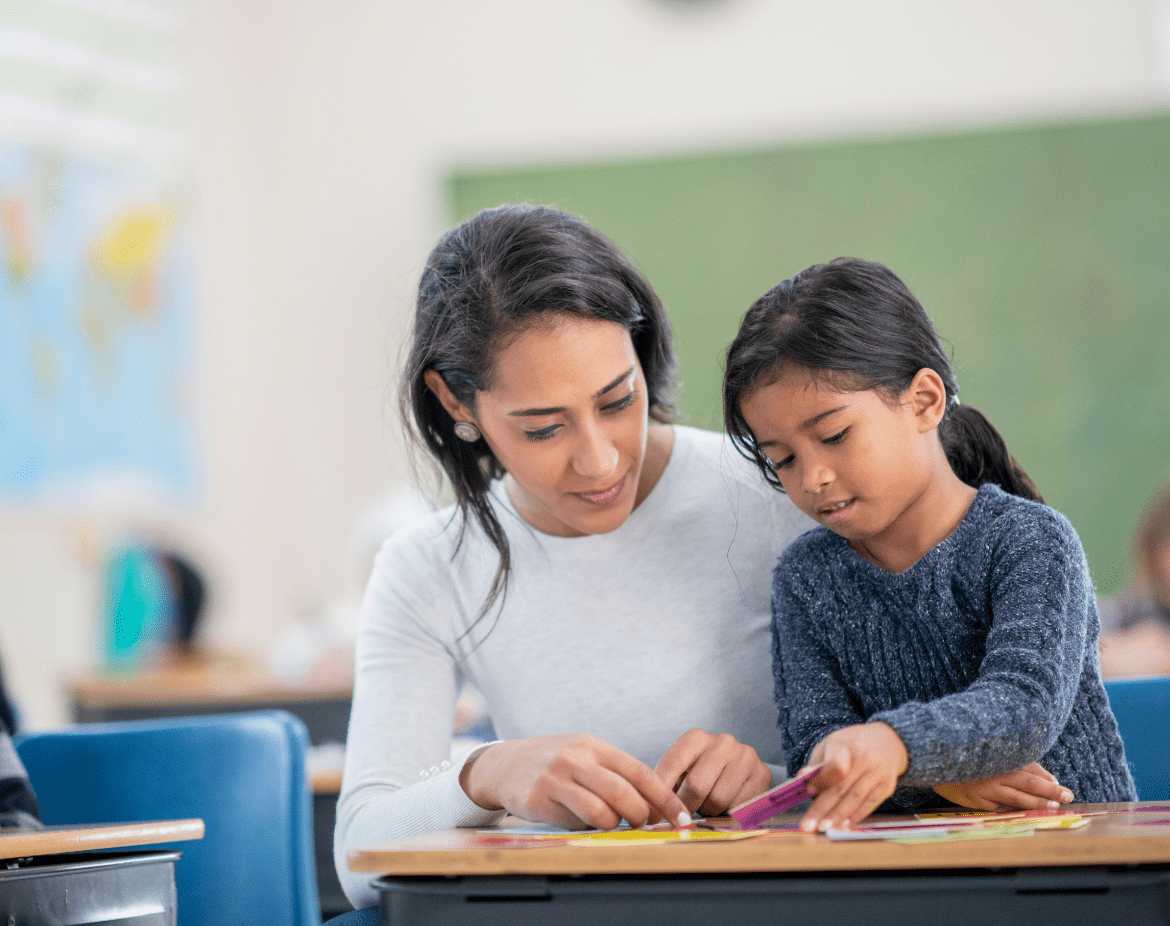Who doesn’t love a good scavenger hunt? I know I do, and so do most children! Scavenger hunts are a great way to combat boredom while also teaching functional and academic skills. They can be made simple or more challenging depending on what would work best for your family to maximize their enjoyment and learning. The best part about at home scavenger hunts is that you already have all the materials you need around your home! Below are some scavenger hunt ideas you can try with your family!
Shapes and Tape
Materials:
- Tape (preferably masking, painter’s or duct tape)
- Index cards (optional)
- Household items
 This scavenger hunt focuses on locating different shaped items around the house, with provided clues, and matching them to the shapes outlined in tape. Start out by using your tape to outline different shapes (circle, square, triangle, rectangle, oval) on the floor. Make the shapes big enough to fit the household items from your clues inside them. For this step you can have your child help you create the shapes. The rounded shapes will be more difficult to outline but just try your best! Once the shapes are outlined review the defining characteristics of each shape with your child. Discuss the different names, how many sides each shape has, etc. before starting the scavenger hunt. You can choose to use index cards to write down the clues or you can provide the clue verbally if your children cannot read. Here are some examples of clues:
This scavenger hunt focuses on locating different shaped items around the house, with provided clues, and matching them to the shapes outlined in tape. Start out by using your tape to outline different shapes (circle, square, triangle, rectangle, oval) on the floor. Make the shapes big enough to fit the household items from your clues inside them. For this step you can have your child help you create the shapes. The rounded shapes will be more difficult to outline but just try your best! Once the shapes are outlined review the defining characteristics of each shape with your child. Discuss the different names, how many sides each shape has, etc. before starting the scavenger hunt. You can choose to use index cards to write down the clues or you can provide the clue verbally if your children cannot read. Here are some examples of clues:
Bring me something that when folded in half has three sides | Folded napkin or towel
Find something soft and round but not a circle | Oval shaped decorative pillow
Bring me something that has four sides | Remote control, picture frame, board game box, etc.
What is something that has equal sides | Rubik’s cube, square block, coaster, etc.
Bring me a circular object from the kitchen | Plate, bowl, etc.
Once the item is located it should be placed in the corresponding shape on the floor to be reviewed by an adult for accuracy. Once each shape is filled the scavenger hunt is complete!
Colors of the Rainbow
Materials:
- Colored construction paper (optional)
- Index cards (optional)
- Household items
 For this scavenger hunt, participants will be asked to locate items of a certain color that match the provided clues. Similar to the previous example, different colored construction paper can be placed on the floor for the participants to place their items on once they are located. Once the colored papers are scattered throughout the designated room the scavenger hunt is ready to begin! You can choose to provide the clues verbally or written out on index cards.
For this scavenger hunt, participants will be asked to locate items of a certain color that match the provided clues. Similar to the previous example, different colored construction paper can be placed on the floor for the participants to place their items on once they are located. Once the colored papers are scattered throughout the designated room the scavenger hunt is ready to begin! You can choose to provide the clues verbally or written out on index cards.
Below are some examples of clues that can be provided:
- When mixed with white, this color produces pink. Find something that is this color.
- There is a color named after a fruit. Bring me something that is this color.
- Bring me something that is the same color as the sun.
- This color rhymes with the word, “glue.” What is something that matches this color?
- Find an object that is the color green
An additional rule could be put in place in which items from the designated room cannot be used as part of the scavenger hunt to make it a bit more challenging. Once the items are located they should be placed on the corresponding piece of colored construction paper. Once each piece of colored paper has been matched to an item the scavenger hunt is complete!
FUNctional Finds
Materials:
- Index cards (optional)
- Household items
This scavenger hunt is a bit more challenging than the others that were previously mentioned because it requires a deeper level of critical thinking and an understanding of the functionality of the common house- hold items found throughout the home. The clues provided for this scavenger hunt are based solely on the function of the items rather than on physical characteristics such as shape or color. There is no set up required for this particular scavenger hunt unless you choose to provide the clues on index cards. The clues can also be delivered verbally. The following are examples of clues that could be provided:
- Find the item that helps your hair go from dirty to clean

- These items work together to keep those teeth sparkling white
- This item works best for picking up foods like cereal, soup, and ice cream
- Find the item that helps turn the TV on and off
- Bring me something that you drink from
Once the first item is located, the clue for the next item will then be provided, and so forth. If you choose to provide the clues written on index cards, the clue for the next item can be attached to the previous item. With this method, the participants can determine if the item they have selected is correct. If there is no clue attached to the item, then that item is incorrect. In order to complete this scavenger hunt, the clues must be solved in a specific order. Once the last item is successfully found, the scavenger hunt is complete!
Skills that these scavenger hunts can teach:
Attending: paying attention to the instructions. Ask child to repeat instructions before starting the scavenger hunt
Listening Skills/Auditory Comprehension: Verbally providing clues then asking the child to repeat the clue and find the corresponding item
Reading Comprehension: Providing the written clue on an index card then asking the child to read the clue and find the corresponding item
Fine Motor Skills: Ask the child to help make the tape the outlines in different shapes on the floor
Multi-step directions: “First solve this clue, then move on to the next clue” or “Place the item in the corresponding shape, then look for the next shape”
Expressive Identification (of colors and shapes): Picking an item of a specific color or shape among other items and asking: “What color is this?” | “What shape is this?”
Receptive Identification (of colors, shapes, and function): Presenting all the selected items at the end of the scavenger hunt and asking: “Point to the item with three sides” | “Which item is red?” | “Show me the item that is used when you eat cereal?”
Critical Thinking: including clues that require reasoning and/or problem solving: “When mixed with white, this color produces pink. Find something that is this color.” | “Find something that is round but NOT a circle” | “Find the item that helps your hair go from dirty to clean.”
Check out other FUNctional activities like DIY Fidget Toys!













